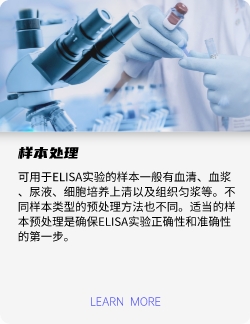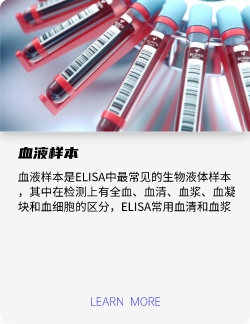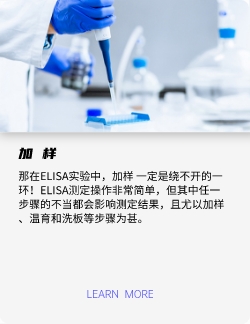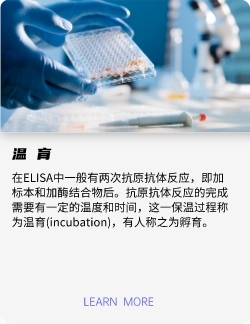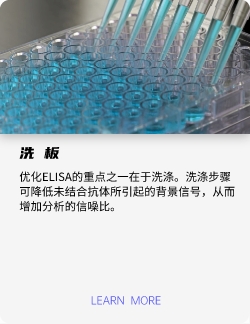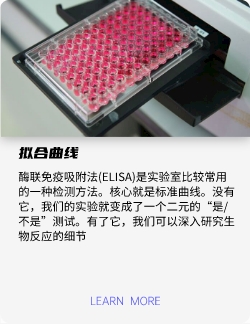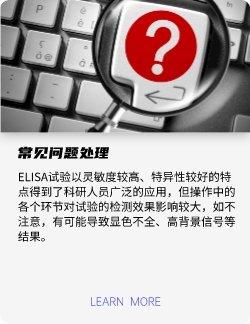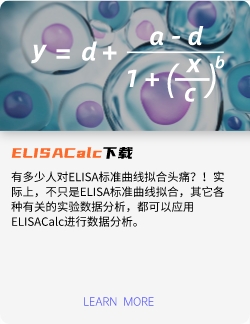| 别称
DIF; TNF-A; TNFSF2; Cachectin; Tumor Necrosis Factor Ligand Superfamily Member 2
| TNF-α 简介
肿瘤坏死因子α(TNF-α)由中性粒细胞、活化的淋巴细胞、巨噬细胞、NK细胞、LAK细胞、星形胶质细胞内皮细胞、平滑肌细胞和一些转化细胞产生。自然发生的TNF-α形式是糖基化的,但非糖基化的重组TNF-α具有相当的生物活性。据报道,TNF-α的生物活性原生形式是一个三聚体。人类和鼠类的TNF-α在氨基酸水平上显示出大约79%的同源性,并且这两个物种之间有交叉反应。
| 特异性
可检测样本中大鼠的TNF-α,且与其类似物无明显交叉反应。
| 典型数据及参考曲线
由于实验操作条件的不同( 如操作者、移液技术、洗板技术和稳定条件等),标准曲线的OD值会有所差异。以下数据和曲线仅供参考,实验者需根据自己的实验建立标准曲线。
| 浓度单位(pg/mL) |
200 |
100 |
50 |
25 |
12.5 |
6.25 |
3.12 |
0 |
| OD值 |
2.36 |
1.36 |
0.8 |
0.48 |
0.34 |
0.28 |
0.23 |
0.09 |
| 校正OD值 |
2.27 |
1.27 |
0.71 |
0.39 |
0.25 |
0.19 |
0.14 |
- |
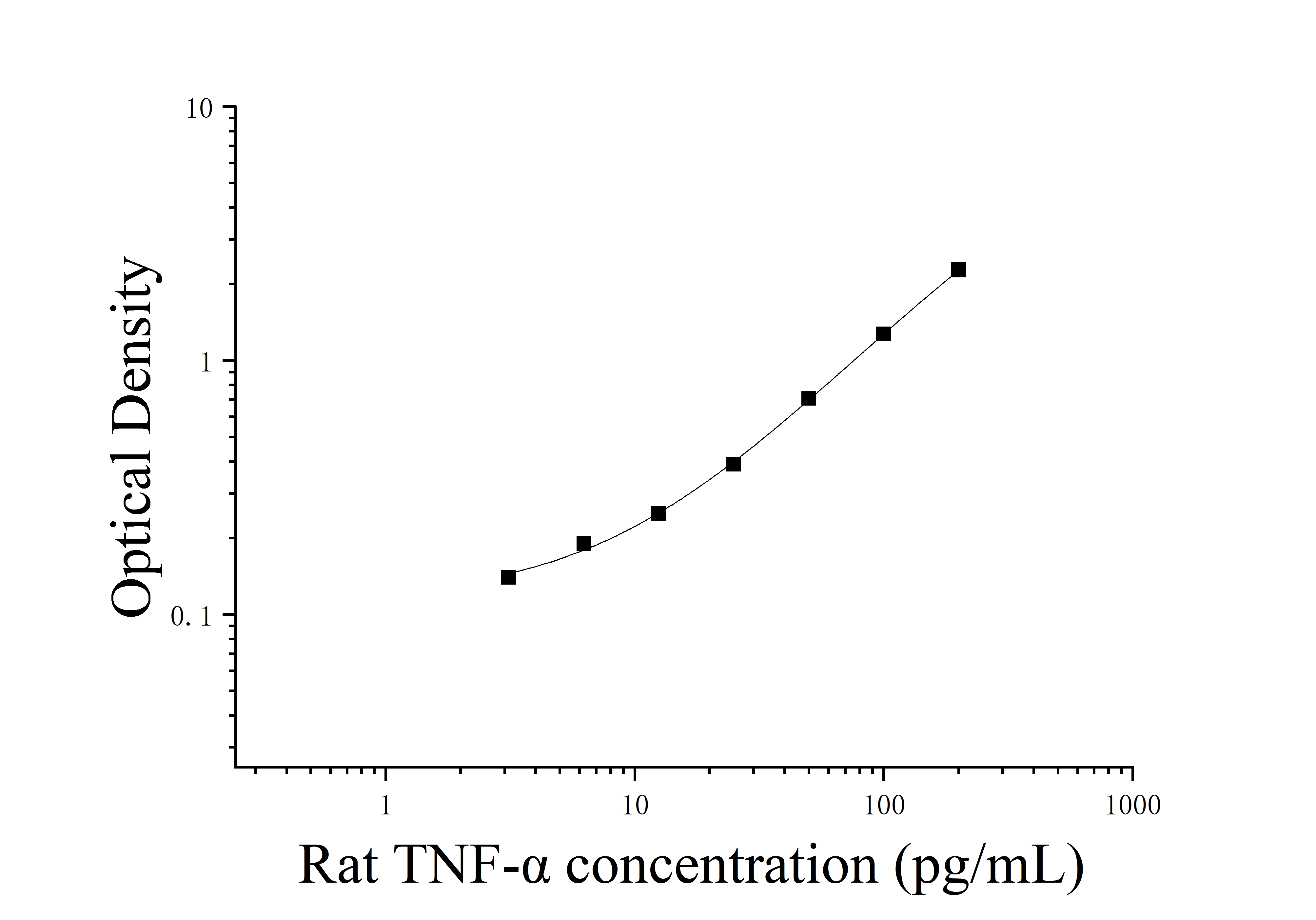
注意:本图仅供参考,应以同次试验标准品所绘标准曲线计算标本含量。
| 重复性
板内变异系数小于10%,板间变异系数小于10%
| 回收率
在选取的健康大鼠血清、血浆、细胞培养上清中加入3个不同浓度水平的大鼠TNF-α,计算回收率
| 样本类型 |
范围 |
平均回收率 |
| 血清(n=8) |
84-99 |
93 |
| 血浆(n=8) |
92-103 |
102 |
| 细胞培养上清(n=8) |
96-108 |
104 |
| 线性稀释
分别在选取的4份健康大鼠血清、血浆、细胞培养上清中加入高浓度大鼠TNF-α,在标准曲线动力学范围内进行稀释,评估线性。
| 稀释比例 |
回收率(%) |
血清 |
血浆 |
细胞培养上清 |
| 1:2 |
范围(%) |
84-95 |
87-98 |
90-110 |
| 平均回收率(%) |
91 |
93 |
97 |
| 1:4 |
范围(%) |
90-103 |
87-109 |
105-115 |
| 平均回收率(%) |
94 |
96 |
108 |
注:ELISA试剂盒检测范围等数据,因检测样本 的不同而调整,实际数据以随货说明书为准。
| ELISA操作视频

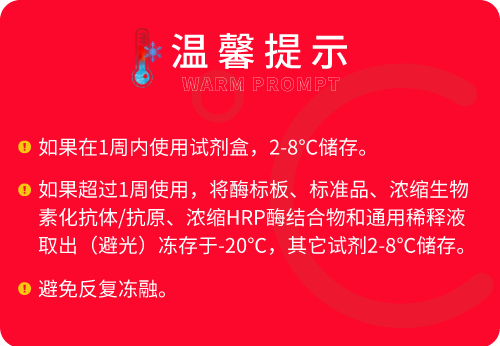
| ELISA操作前必读 / 下载
